In this one-hour public lecture Josh Frieman, director of the Dark Energy Survey, presents an overview of our current knowledge of the universe and describe new experiments and observatories. Over the last two decades cosmologists have made remarkable discoveries: Only 4 percent of our universe is made of ordinary matter — atoms, molecules, etc. The other 96 percent is dark, in forms unlike anything with which we are familiar. About 25 percent is dark matter, which holds galaxies and larger-scale structures together and may be a new elementary particle. And 70 percent is thought to be dark energy, an even more mysterious entity which speeds up the expansion of the universe. Josh Frieman is senior staff scientist at the Fermilab and Professor of Astronomy and Astrophysics and member of the Kavli Institute for Cosmological Physics at the University of Chicago. The Dark Energy Survey is a collaboration of 300 scientists from 25 institutions on 3 continents, which built and uses a powerful 570-Megapixel camera on a telescope in Chile to carry out a 5-year survey of 300 million galaxies and thousands of supernovae to probe dark energy and the origin of cosmic acceleration.
Category: particle physics – Page 435
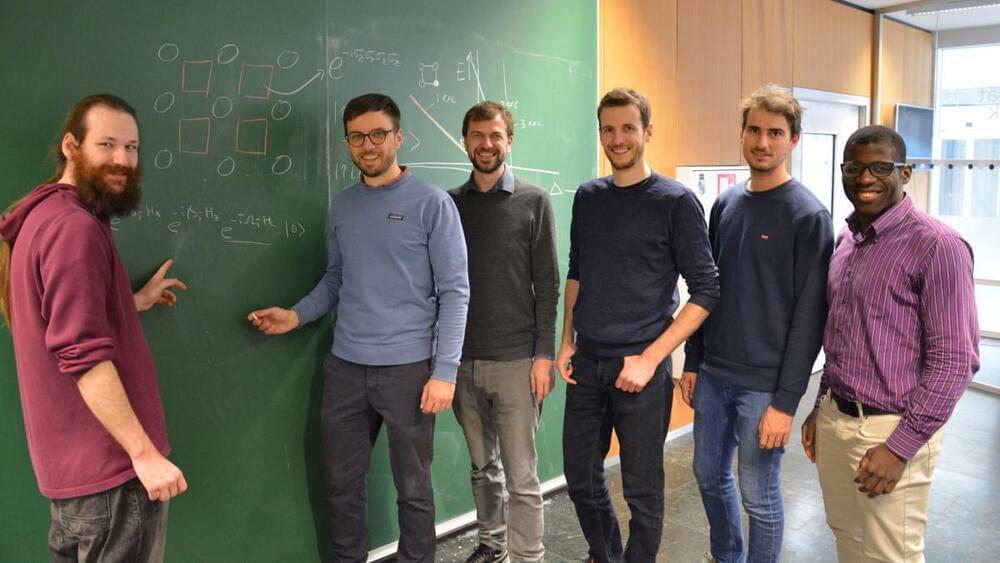
Quantum approximate optimization algorithm can be implemented using Rydberg atoms
Existing quantum devices can actually do things that we cannot compute with classical computers. The question is only can we harness this computational power that is apparently there,” van Bijnen says. “Maybe doing arbitrary computational problems is a bit much to ask, so we are now looking at whether we can match problems well to available quantum hardware.” Many current experiments involving Rydberg atoms would likely not require any radical changes in instrumentation that is already being used, he adds.
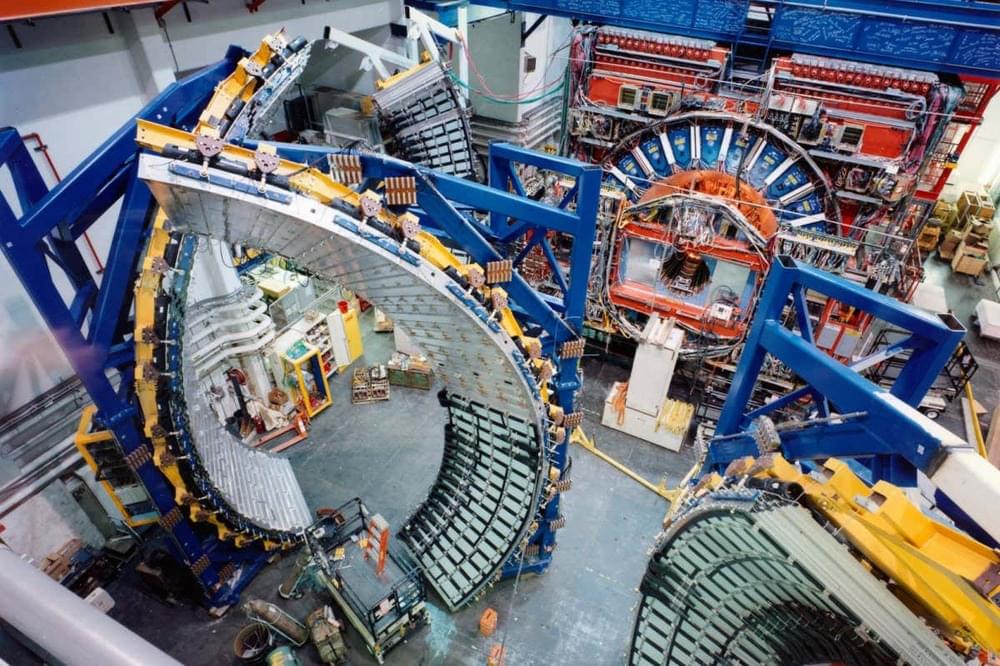
Particle physics could be rewritten after shock W boson measurement
A new measurement of a fundamental particle called the W boson appears to defy the standard model of particle physics, our current understanding of how the basic building blocks of the universe interact. The result, which was a decade in the making, will be heavily scrutinised, but if it holds true, it could lead to entirely new theories of physics.
“It would be the biggest discovery since, well, since the start of the standard model 60 years ago,” says Martijn Mulders at the CERN particle physics laboratory near Geneva, Switzerland, who has written a commentary on the result for the journal Science.
The standard model describes three distinct forces: electromagnetism, the strong force and the weak force. Particles called bosons serve as mediators for these forces between particles of matter. The weak force, which is responsible for radioactive decay, uses the W boson as one of its messengers.
Towards The Cybernetic Theory of Mind | Part V of Consciousness: Evolution of the Mind Documentary
Watch the full documentary on TUBI (free w/ads):
https://tubitv.com/movies/613341/consciousness-evolution-of-the-mind.
IMDb-accredited film, rated TV-PG
Director: Alex Vikoulov.
Narrator: Forrest Hansen.
Copyright © 2021 Ecstadelic Media Group, Burlingame, California, USA
*Based on The Cybernetic Theory of Mind eBook series (2022) by evolutionary cyberneticist Alex M. Vikoulov, available on Amazon:
as well as his magnum opus The Syntellect Hypothesis: Five Paradigms of the Mind’s Evolution (2020), available as eBook, paperback, hardcover, and audiobook on Amazon:
“You can’t explain consciousness in terms of classical physics or neuroscience alone. The best description of reality should be monistic. Quantum physics and consciousness are thus somehow linked by a certain mechanism… It is consciousness that assigns measurement values to entangled quantum states (qubits-to-digits of qualia, if you will). If we assume consciousness is fundamental, most phenomena become much easier to explain.
The Mind-Body dilemma has been known ever since René Descartes as Cartesian Dualism and later has been reformulated by the Australian philosopher David Chalmers as the ‘hard problem’ of consciousness. Western science and philosophy have been trying for centuries now, rather unsuccessfully, to explain how mind emerges from matter while Eastern philosophy dismisses the hard problem of consciousness altogether by teaching that matter emerges from mind. The premise of Experiential Realism is that the latter must be true: Despite our common human intuitions, Mind over Matter proves to be valid again and again in quantum physics experiments.
From the Digital Physics perspective, particles of matter are pixels, or voxels if you prefer, on the screen of our perception. Your Universe is in consciousness. And it’s a teleological process of unfolding patterns, evolution of your core self, ‘non-local’ consciousness instantiating into the phenomenal mind for the duration of a lifetime.
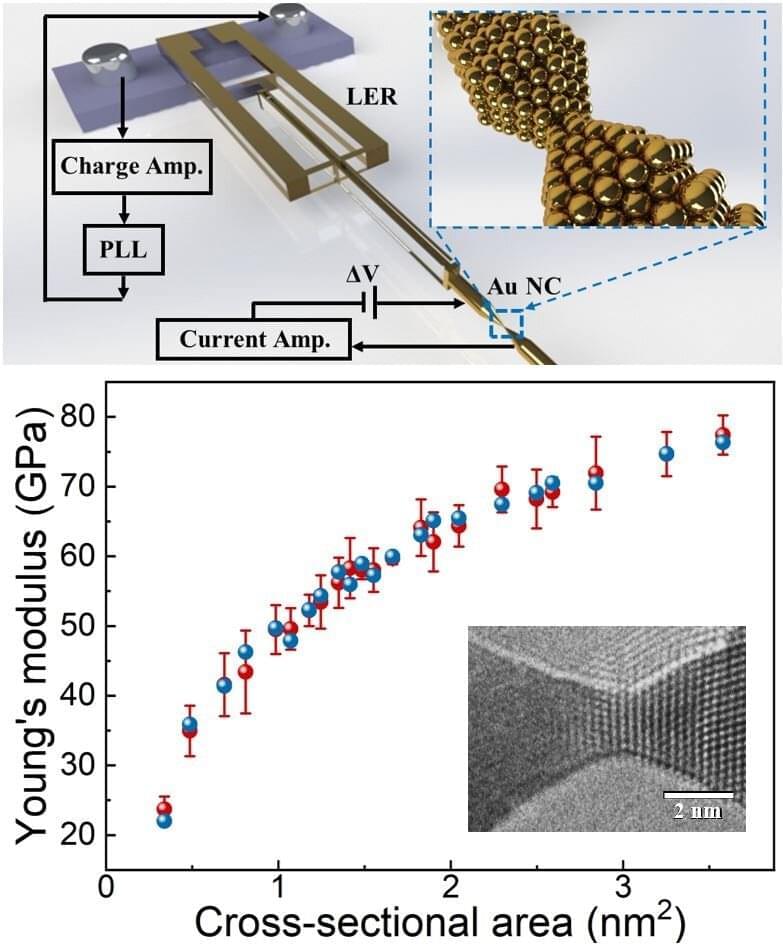
No small measure: Probing the mechanics of gold contacts at the nanoscale
Miniaturization lies at the heart of countless technological advances. It is undeniable that as devices and their building blocks get smaller, we manage to unlock new functionalities and come up with unprecedented applications. However, with more and more scientists delving into materials with structures on the atomic scale, the gaps in our current understanding of nanomaterial physics are becoming more prominent.
For instance, the nanomaterial’s surface represents one such knowledge gap. This is because the influence of surface quantum effects becomes much more apparent when the surface-to-volume ratio of a material is high. In nanoelectromechanical systems (NEMS), a current hot topic in research, the physical properties of the nanomaterials greatly differ from their bulk counterparts when their size is reduced to a few atoms. A solid understanding of the mechanical properties of nanowires and nanocontacts—integral components of NEMS—is essential for advancing this technology. But, measuring them has proven a challenging task.
Against this backdrop, a research team from Japan recently achieved an unprecedented feat when they managed to precisely measure the elastic modulus of gold nanocontacts stretched down to a few atoms. The study, published in Physical Review Letters, was led by Prof. Yoshifumi Oshima of Japan Advanced Institute of Science and Technology (JAIST). The rest of the team included post-doctoral research fellow Jiaqi Zhang and Professor Masahiko Tomitori from JAIST, and Professor Toyoko Arai of Kanazawa University.
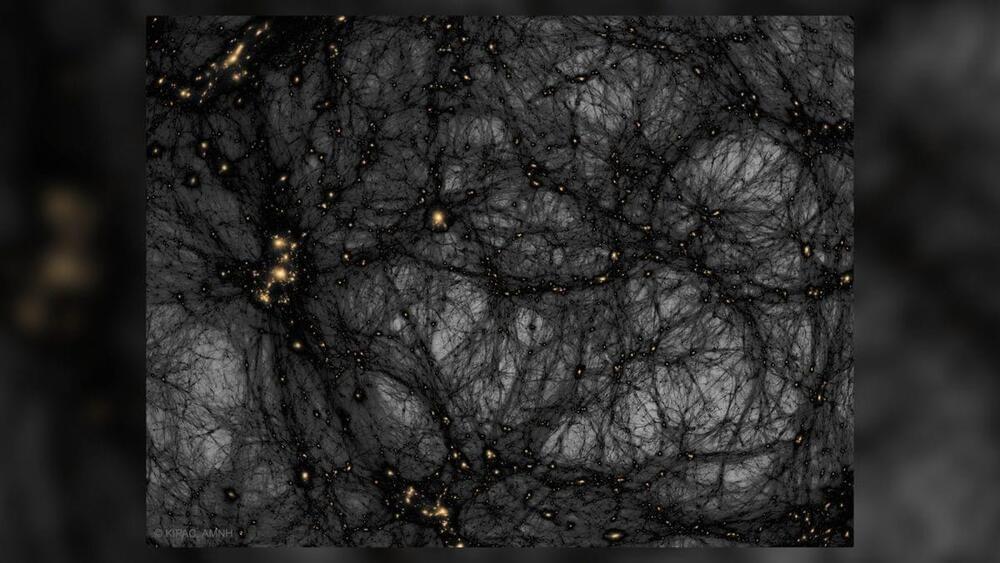
Dark matter could be a cosmic relic from extra dimensions
But these particles would interact only weakly with ordinary matter, and only via the force of gravity. This description is eerily similar to what we know about dark matter, which does not interact with light yet has a gravitational influence felt everywhere in the universe. This gravitational influence, for instance, is what prevents galaxies from flying apart.
“The main advantage of massive gravitons as dark matter particles is that they only interact gravitationally, hence they can escape attempts to detect their presence,” Cacciapaglia said.
In contrast, other proposed dark matter candidates — such as weakly interacting massive particles, axions and neutrinos — might also be felt by their very subtle interactions with other forces and fields.

Scientists managed to take pure energy and create matter — and new physics
On his 143rd birthday, Inverse celebrates the world’s most iconic physicist — and interrogates the myth of his genius. Welcome to Einstein Week.
Brandenburg is a member of the STAR collaboration, a group of more than 700 scientists from 15 countries who use BNL’s Relativistic Heavy Ion Collider, or RHIC (pronounced “Rick”), to smash gold nuclei together at 99.995 percent the speed-of-light.
For this experiment, the researchers were more interested in the near misses than the hits. Ultra-high-energy photons encircle the gold nuclei like an aura, and auras collide as nuclei zoom past one another. When photons (particles of light; massless, pure energy) collide, they generate an electron and a positron, its antimatter counterpart — both particles that have a mass. This is known as the Breit-Wheeler Process.
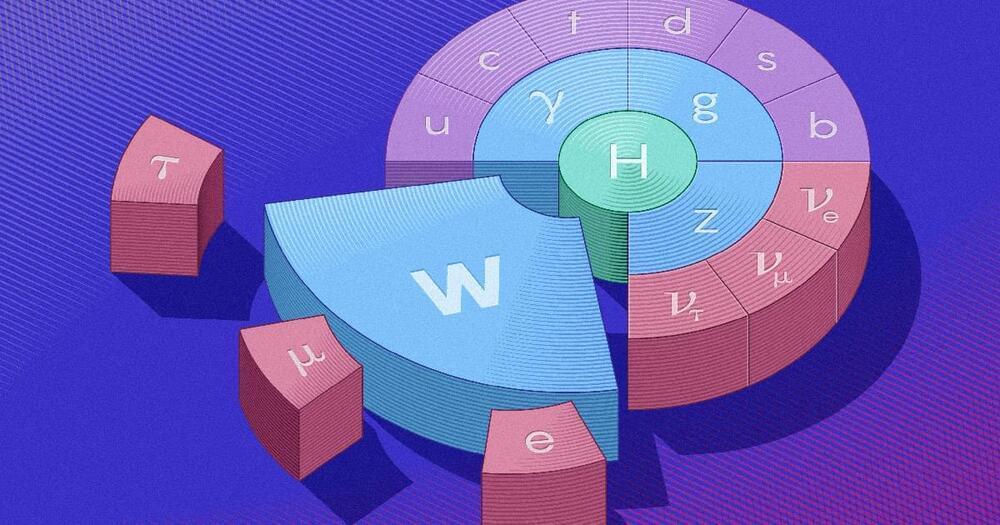
Fermilab Says Particle Is Heavy Enough to Break the Standard Model
If the W’s excess heft relative to the standard theoretical prediction can be independently confirmed, the finding would imply the existence of undiscovered particles or forces and would bring about the first major rewriting of the laws of quantum physics in half a century.
“This would be a complete change in how we see the world,” potentially even rivaling the 2012 discovery of the Higgs boson in significance, said Sven Heinemeyer, a physicist at the Institute for Theoretical Physics in Madrid who is not part of CDF. “The Higgs fit well into the previously known picture. This one would be a completely new area to be entered.”
The finding comes at a time when the physics community hungers for flaws in the Standard Model of particle physics, the long-reigning set of equations capturing all known particles and forces. The Standard Model is known to be incomplete, leaving various grand mysteries unsolved, such as the nature of dark matter. The CDF collaboration’s strong track record makes their new result a credible threat to the Standard Model.
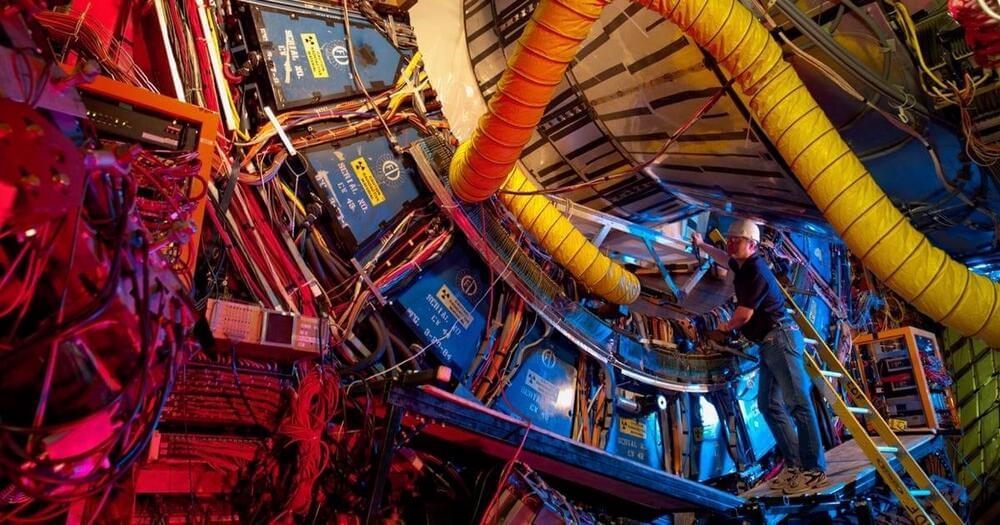
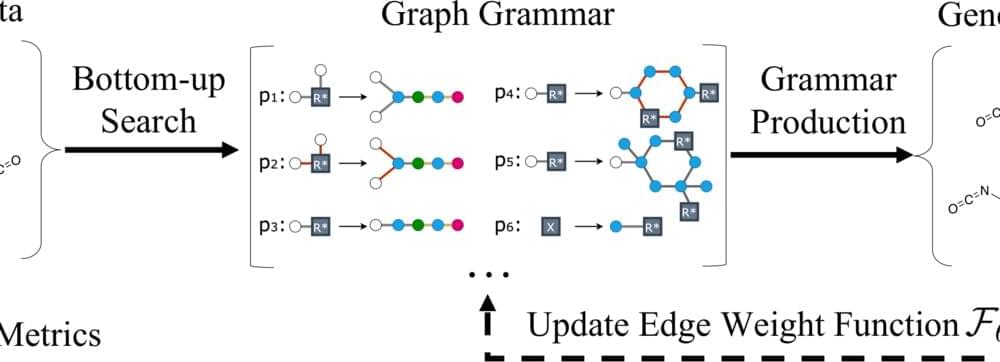
Researchers at MIT and IBM Propose an Efficient Machine Learning Method That Uses Graph Grammar to Generate New Molecules
Chemical engineers and materials scientists are continuously looking for the following groundbreaking material, chemical, or medication. The emergence of machine-learning technologies has accelerated the discovery process, which may typically take years. Ideally, the objective is to train a machine-learning model on a few known chemical samples and then let it build as many manufacturable molecules of the same class with predictable physical attributes as feasible. You can develop new molecules with ideal characteristics if you have all of these components and the know-how to synthesize them.
However, current approaches need large datasets for training models. Many class-specific chemical databases only contain a few example compounds, restricting their capacity to generalize and construct biological molecules that might be generated in the real world.
This issue was addressed by a team of researchers from MIT and IBM by employing a generative graph model to create new synthesizable compounds within the same training data’s chemical class. The research was presented in a research paper. They model the production of atoms and chemical bonds as a graph and create a graph grammar — a linguistic analog of systems and structures for word ordering — that provides a set of rules for constructing compounds like monomers and polymers.